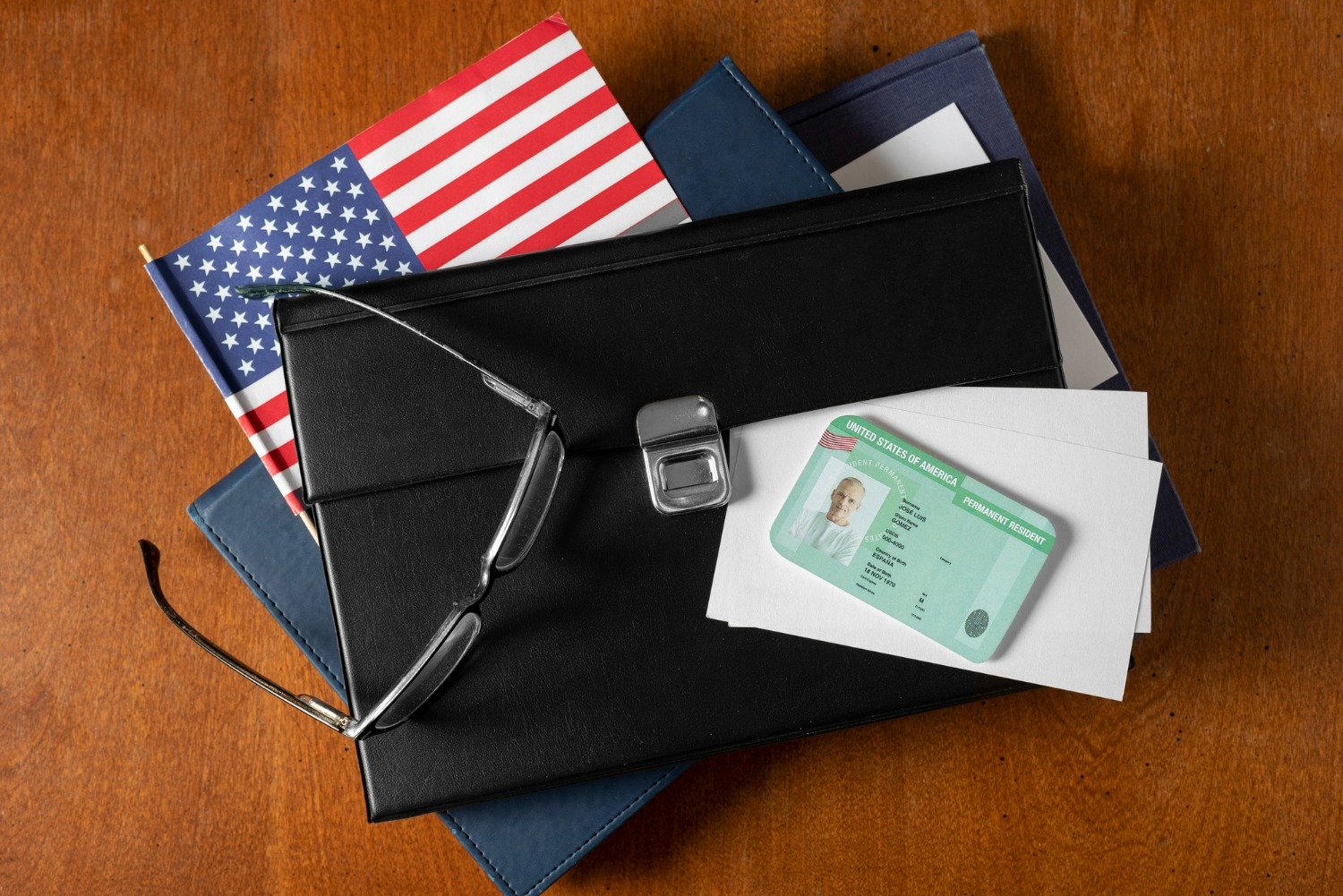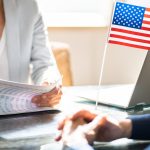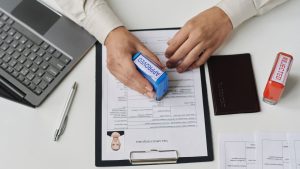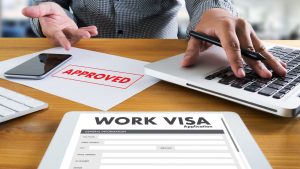I understand. U.S. visa application is a maze, and with all the changes coming in 2025, it’s all the more confusing. I’ve done my research to find out what’s changing this year, how it impacts you, and how you can prepare without going crazy in the process.
Table of Contents
First, there’s a new fee you need to know about
From October 1, 2025, the U.S. is charging a $250 “visa integrity fee” on nearly all nonimmigrant visas, from tourist (B-1/B-2) and student (F-1, M-1) to work (H-1B) and exchange visas (J-1). You’ll be charged for it, and there is no exemption. It’s to cover the expense of tracking visa holders for timely departure or status change.
It’s frustrating, but it’s something that you need to include in your budget right now so you won’t be caught by surprise later on.
Now you also need to provide your social media accounts
\This year, the State Department expanded its social media vetting for visas. If you’re applying for a student, tourist or work visa, you’ll be asked to list your current and past social media handles on your DS-160 form. They’ll look at your public posts, so keep your profiles clean and give a thought to what you’ve posted publicly.
I realise that sounds invasive, but it’s now a non-negotiable. Set your privacy settings yourself and do not post anything that could be misinterpreted during the course of your application.
Also Read: Unlocking Opportunities: The Value of Study Abroad Consultants
Interview delays and increased checks
In May 2025, U.S. embassies briefly halted some student visa interviews to expand social media vetting. Applicants were blocked from scheduling new interviews during that time, and there were many pending interviews that were postponed.
Embassies had begun reopening for visa services by June 2025, but with much slower processing and more grilling. New security checks may also mean questioning on travel history and intent.
If you are applying, book your slot early. Check your emails frequently to see if they ask for additional documents, and be ready to explain your travel history and future plans.
Country-specific restrictions under EO 14161
Executive Order 14161, released in June of 2025, applied visa restrictions and security screening of citizens from 19 target countries because of increased security and immigration control measures.
If you are a citizen of one of these countries or have recently significant travel to this region, your U.S. visa application is most likely to face:
- More scrutiny during the interview
- Extended administrative processing
- Possible requests for additional documentation
People with dual citizenship and green card holders can be exempted, depending on the consulate and on a case-by-case basis, so it’s best to inquire first.
H-1B Cap Filled for 2026: What Are Your Options Now?
The 2026 H-1B cap has been reached already. Which means that you can’t obtain a new H-1B this year except if you qualify for a cap-exempt job, like with an educational institution or research organisation.
In case you still want to work in the United States, you can look into:
- H-2B visas (for seasonal non-farm work)
- L-1 visas (if your company can send you abroad)
- O-1 visas (if you have extraordinary abilities in your field)
So, you can still try to make it work, but you will have to strategise.
Green card progress for EB-5 investors
If you’re thinking about moving to the U.S. through investment, there’s good news. The EB-5 investor visa category is moving faster in 2025. The Visa Bulletin shows that priority dates for applicants from India and China have advanced significantly, reducing wait times for these countries.
This is a positive change for anyone looking to gain U.S. residency through investment because it means you could obtain your green card earlier than in previous years.
How SA VISA Central can help
I see many of you getting frustrated about having to juggle these updates on top of school, work, or working on business plans. That is where SA VISA Central comes in. SA VISA Central is a consulting agency that will guide you through the process of U.S. visas, from filling out the DS-160 forms (namely the new social media question), getting educated on updated fees, and monitoring the Visa Bulletin should you be petitioning for a green card.
There’s no magic wand, but having a local guide with you can bring some relief to this awful process, with all the changes this year in 2025.
What to do next
If you are planning to apply for an American visa this year:
- Prepare in advance and set aside the $250 fee so it does not spoil your plans later.
- Fill in your DS-160 attentively, including social media information.
- Schedule your interview in advance to avoid delays, and regularly follow up on appointment availability.
- Stay updated on Visa Bulletin announcements if you are processing for a green card.
- Expect additional checks and have your documents ready.
- Seek professional services if you are at a dead end.
Also Read: 7 Benefits of Using Study Abroad Consultants
Conclusion
It is not always easy and simple to obtain a U.S. visa, but it is possible if you stay organised and informed of every new change being made. Take a step-by-step approach, update documents, and do not allow these updates to deter you from your dreams. Whether you are travelling for education, employment, or family reunification, being aware of these updates empowers you in an otherwise crazy process.








